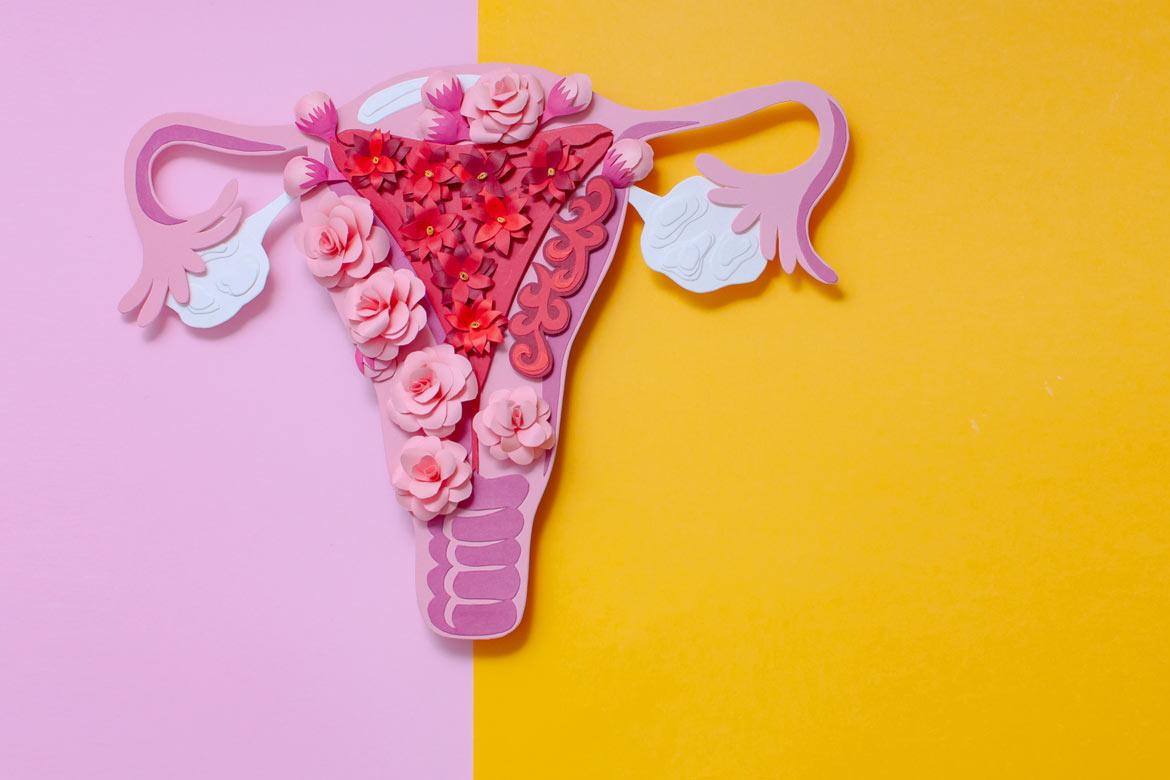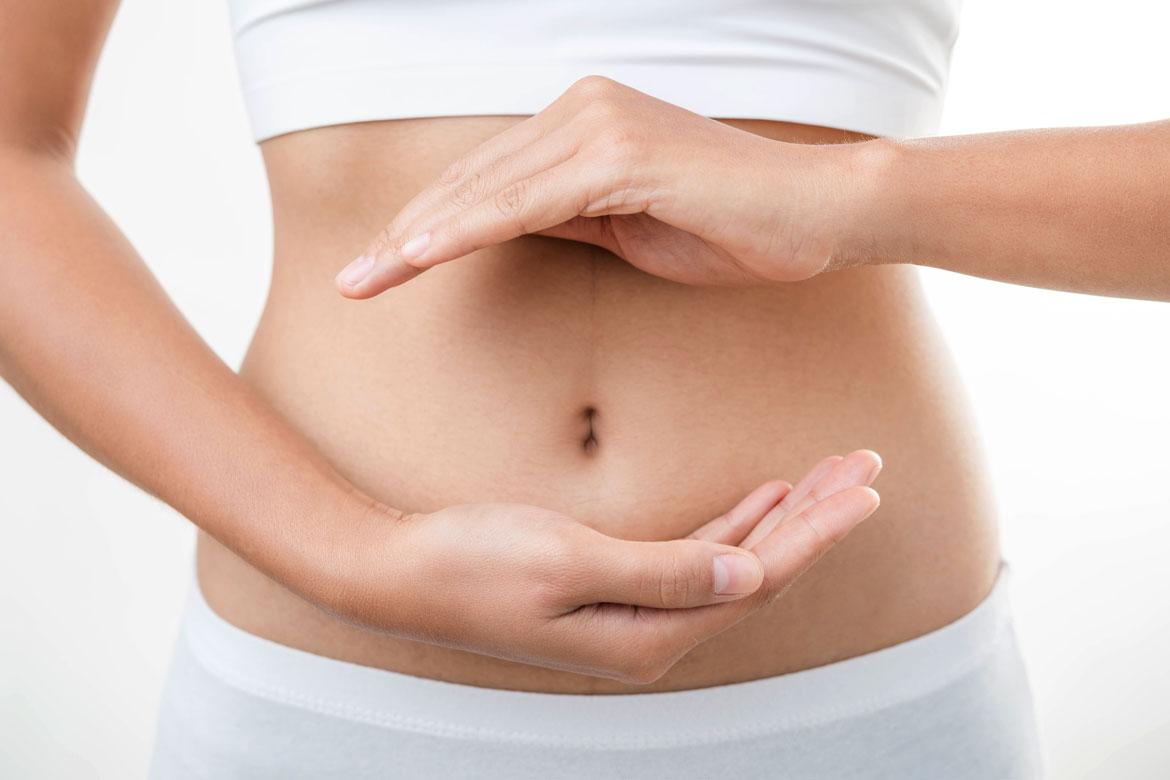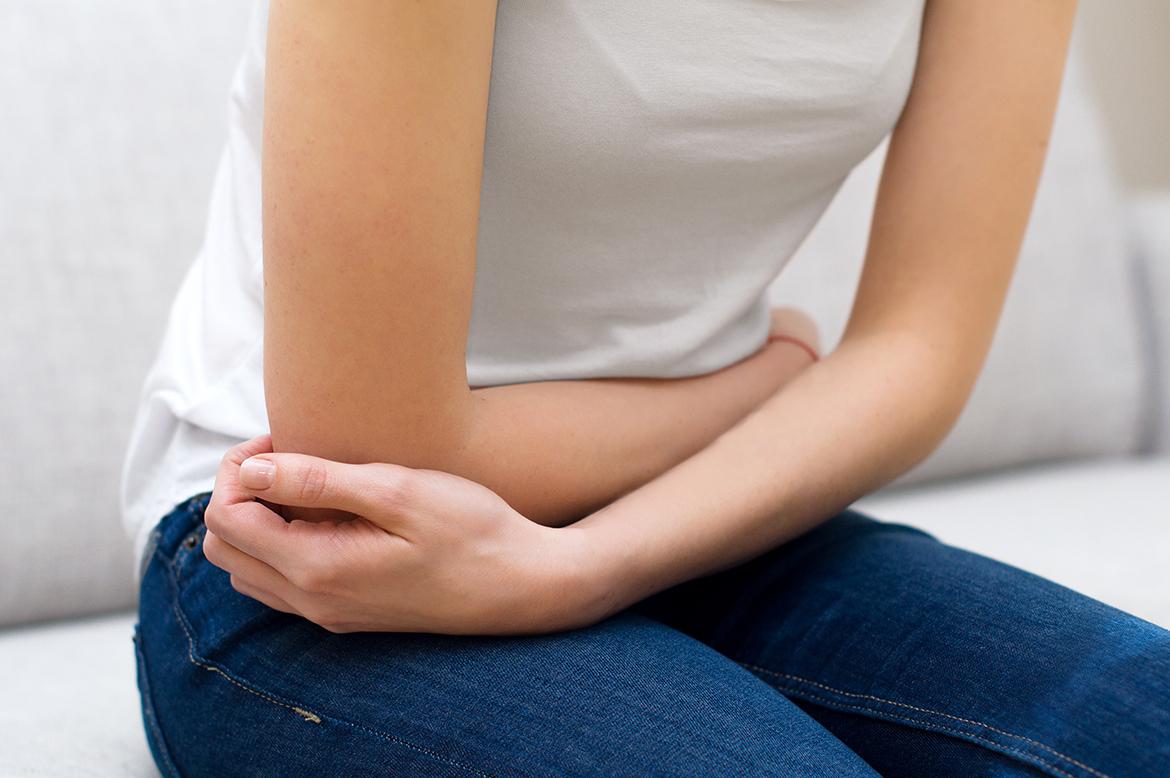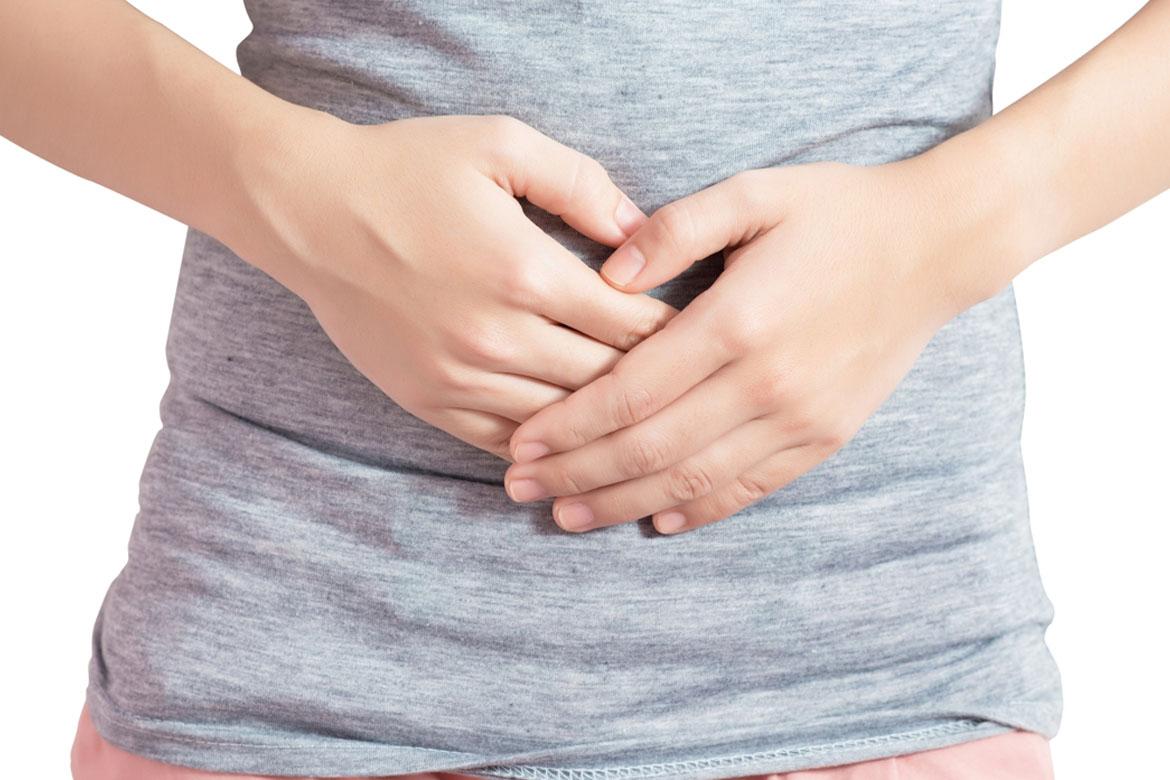-
-
Featured Care Areas

Uterine Fibroid (Myoma)
Frequently asked questions
A: Surgically removing the uterus is a permanent solution to uterine fibroids but is usually recommended only when other treatments are not effective.
A: Like any surgical procedure, there are associated risks and side effects with hysterectomy, a surgery to remove the uterus. Rare complications include severe bleeding and damage to surrounding organs and tissues.
A: Uterine polyps are growths attached to the inner lining of the uterus. They are usually non-cancerous. If the polyps do not lead to symptoms, you may not need any treatment. If you are past menopause or have a higher risk for uterine cancer, your doctor may recommend to remove the uterine polyps.
A: Fibroids are benign muscle lumps that grow slowly or not at all, and tend to shrink after menopause. If you do not experience symptoms with uterine fibroids, or only have mild symptoms, it is not necessary to remove them. Your doctor will monitor them over regular screening.
A: There is no definite size a fibroid needs to be before removal. Fibroids vary greatly in size, from the size of a pea to as large as a watermelon. Taking into consideration the size of the fibroid and the symptoms you may have, your doctor may recommend surgery or a non-invasive treatment for the fibroid.
A: Uterine fibroids do not burst, but they may degenerate and cause pain.
A: Uterine fibroids are non-cancerous growths. The risk of fibroid cancer is considered to be exceedingly low. It is in the region of 1 in 2,000 – 8,000 cases, according to data from a large medical study.
This page has been reviewed by our medical content reviewers.
Need help?
For enquiries, please call
+65 6575 7575
For appointment bookings, please WhatsApp
+65 8111 9777







